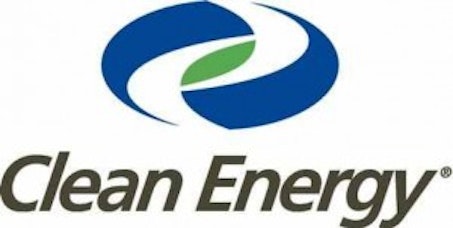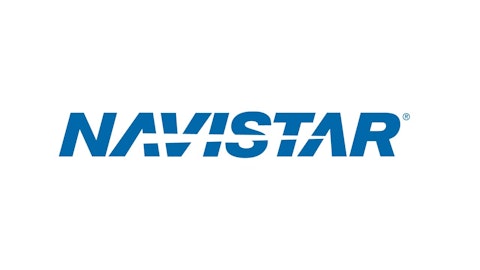When natural-gas spot prices crossed the $4 mark (per MMBtu), many people started to think that soon natural gas would reach a price level where it may not remain a cheap substitute to diesel (as transportation fuel) or coal (as feedstock). Their opinion was strengthened when US legislation passed a bill in which natural gas will be liquefied (essentially turned into LNG) and exported.
However, natural-gas spot prices have recently been declining (14% in two months). In this situation, one can easily understand that natural-gas supplies are abundant in the US, and it may take some decades before natural gas becomes as expensive as its alternatives. However, many people often question why natural gas has not become a popular fueling option in the U.S. despite its favorable economics. The huge gap between gasoline prices and natural-gas prices automatically makes natural gas a cheaper alternative.
The actual answer lies in the fact that the natural-gas industry has become a victim of the “chicken or egg” issue. Which will come first: natural gas vehicles or the fueling stations needed to power them?
A “chicken or egg” issue?
Before making any comment on the natural-gas players, we need to understand the natural-gas industry dynamics. Three main groups have an important role to play in this industry: 1.) Auto original equipment manufacturers (OEMs), 2.) fuel providers, and 3.) the final users of the natural-gas-driven vehicles.
The dilemma of “chicken or egg” in this industry tells us that not a single player out of these three groups is willing to take the first step to bring a change in the industry. The giant fuel providers like Exxon Mobil Corporation (NYSE:XOM) and Chevron Corporation (NYSE:CVX) have hardly contributed to this industry. They believe that given that the final consumer has hardly embraced natural-gas-driven vehicles, investing in natural gas will not be a profitable venture.
On the other hand, the final user is not buying natural-gas-driven vehicles due to the lack of natural-gas fueling infrastructure. No one wants to end up in the middle of a highway with an empty fuel tank. The third group, the auto OEMs, is not taking serious interest in this industry due to a lack of demand from the final user.
Therefore, we need to evaluate the current triangle of these three players in the industry. It is interesting to note that there are a few exceptions to the ‘chicken or egg’ issue.
Exceptions to ‘chicken or egg’ issue
Clean Energy Fuels Corp (NASDAQ:CLNE) has taken a bold step by actively developing the natural-gas fueling infrastructure. The company has received $450 million worth of new investments that it plans to direct toward this project. One of its important lenders is Chesapeake Energy Corporation (NYSE:CHK).

Another milestone achieved by the company is its agreement with General Electric Company (NYSE:GE). According to the agreement, Clean Energy Fuels Corp (NASDAQ:CLNE) will buy GE’s technology that will be used in liquefying natural gas to supply to its filling stations. General Electric Company (NYSE:GE) has agreed to lend Clean Energy Fuels $200 million to buy two GE-made plants equipped with the aforementioned technology. MicroLNG, the name of the technology, is a small modular system that will help to lower the temperature to -260 degrees Fahrenheit in order to liquefy the gas.
Clean Energy Fuels Corp (NASDAQ:CLNE) has strategically placed most of its LNG stations near truck stops of Pilot Flying J, the largest truck-stop operator in North America. In this way, not only will Clean Energy be able to benefit from the existing network of Pilot Flying but will also be able to gain a competitive advantage over any other competitor in the long run.




